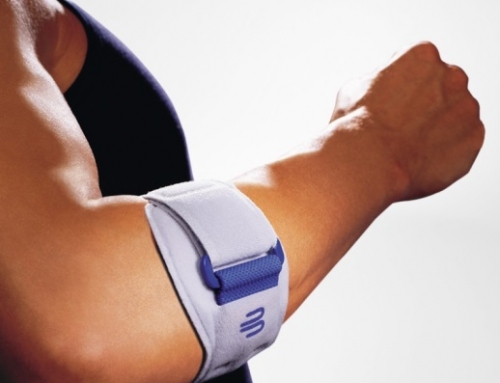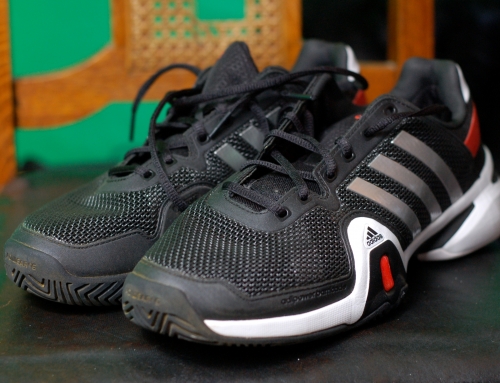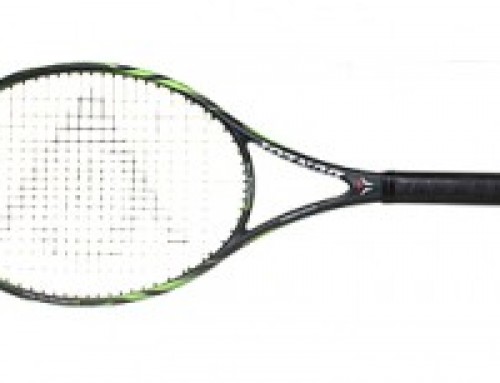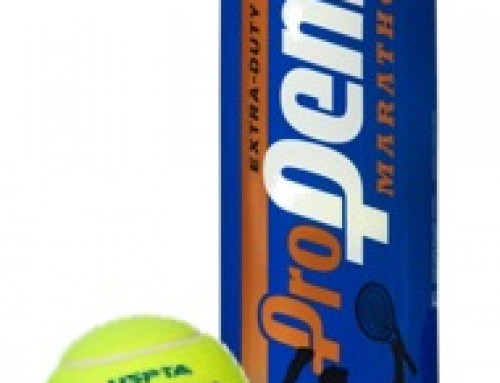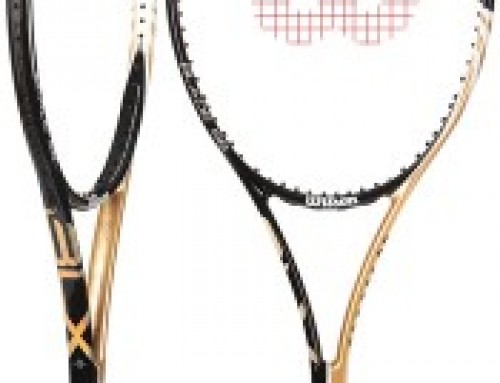This week I will be doing the first of what will probably be several playtest reviews of new racquets that will be hitting the market in the coming months. Today I will be writing about my initial thoughts of the new Dunlop AeroGel 300 Tour.
This is an all new offering from Dunlop. Their 300 series of racquets have been very successful over the last several years, and with the new trend in “player” racquets bing tour models, we knew this on would be coming.
Lets start off with how this frame differs from the current AeroGel 300. First off it is a heavier frame. The current 300 weighs in at about 315 grams strung (10.5 ounces), while the new tour is about 325 grams (almost 11 ounces) strung. More importantly the swingweight of the new racquet remains very close to the standard 300. This is due to the more headlight balance of the new frame. Next is the stiffness or power of the new frame. While the standard 300 has an RA stiffness rating of 64, the tour measured at only 60. The result is a more flexible control oriented racquet, that would suit a more advanced player looking for a little more heft. The tour also features an 18×20 string pattern that gives a stiffer feel at ball contact. Technology wise the only difference seems to be the new 4D braiding in the frame. This is an update to the current M-Fil technology that is in the current line of AeroGel frames. Both frames have a 98 sq. inch headsize. That’s enough of the geeky stuff lets talk about how it plays.
Groundstrokes:
Forehands and Backhands are able to be hit with good power produced by the player, with a good amount of spin potential. Since this racquet swings at about 10 ounces you can really accelerate through the ball, allowing you to hit flat drives or really generate some topspin. I also found that the frame did very well with my slice backhand. I was able to hit the ball deep with great control. I felt that I could be very accurate off both sides.
Volleys:
For me this is where a great racquet seperates itself from the good ones. The headlight balance of this frame shines in front of the service line. It is quick and manuverable, not cumbersome in any way, reflex volleys are no problem at all. Overheads can be hit with confidence, and pace can be taken off the ball for angles with ease. Advanced doubles players will appreciate this racquet!
Serves:
As with the groundstrokes, all options are available to you on the serve. Flat serves explode off of the compact but potent sweetspot, but as I stated before, the player will have to produce the power. Again spin potential is very high with this racquet. It will handle all of the junk you can put on it. It is very quick to accelerate up to the ball.
My thoughts on this racquet is that it is a very welcome addition to the Dunlop line. It gives players looking who want a liile more power and forgiveness than the AeroGel 200. It reminds me of the Wilson
Babolat Racquet Diagnostic Center Measurements:
Frame Stiffness: 60 (out of 100)
Swingweight: 301 g (10.62 ounces)
Strung Weight: 323 g (11.39 ounces)
Balance: 7 pts headlight (12.75 inches)
Update:
After speaking with the Dunlop Rep I have learned that this racquet will be available January 20, 2009



